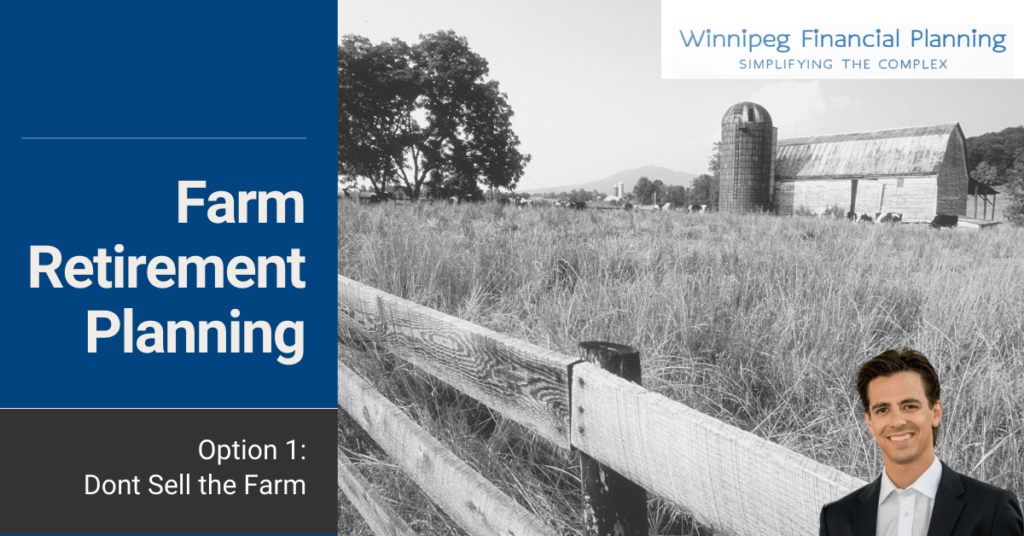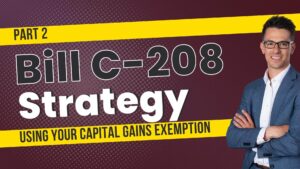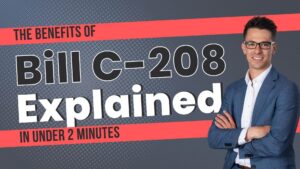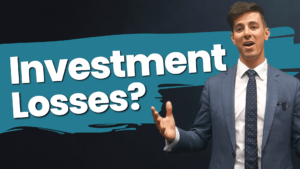[vc_row][vc_column][vc_column_text]Farmland has been one of the best investments in Canada for the past 25 years.This is clearly shown by an annual growth rate averaging over 5% (as per FCC). If looked at as potential rental income, farmland generates around 7% in annual returns without the wild ride of investing in alternative asset classes. To make things even better, it’s incredibly tax-efficient. If your land qualifies for the lifetime capital gains exemption, some of its growth won’t be taxable when it’s eventually sold or transferred.
When working with farmers on their retirement planning, we always start by asking, “can you afford to retire and hold on to the farmland?” If clients can afford their retirement lifestyle by simply living off the rental income, it makes retirement planning a breeze. But what happens if the rental income isn’t enough to provide clients with their desired annual income? Do they have to sell some of their farmland?
Not Necessarily
Assuming they are comfortable with debt, I’m seeing more and more farmers approach lenders and ask if they’d be willing to offer them a line of credit that’s backed up by their farmland. Every lender is different and will have unique loan terms but let’s review a simple example.
A recently retired farmer still owns farmland worth two million. He’s funding his retirement lifestyle with a combination of rental income, CPP, OAS, RRIF, etc. but finds he’s short about $10,000/year. Instead of selling his farmland and turning it into cash, he instead approaches a lender and get’s a line of credit set up against his farmland for $300,000. He uses this credit line to top his retirement income off by $10,000/year while still holding on to the farmland.
Benefits
This strategy has a few benefits. First off, the $10,000 that is withdrawn from the line of credit is tax-free. Secondly, if farmland continues to grow by 5%/year and the credit line has a 5% interest rate, in theory, farmers are not any worse off when looking at their net worth. What they have to pay in interest cost is being matched by the growth of their farmland.
This strategy is not for everyone, especially those who have trouble budgeting or do not like the idea of having debt in retirement. Still, it’s an option to consider if you’re thinking of retiring.[/vc_column_text][/vc_column][/vc_row]









